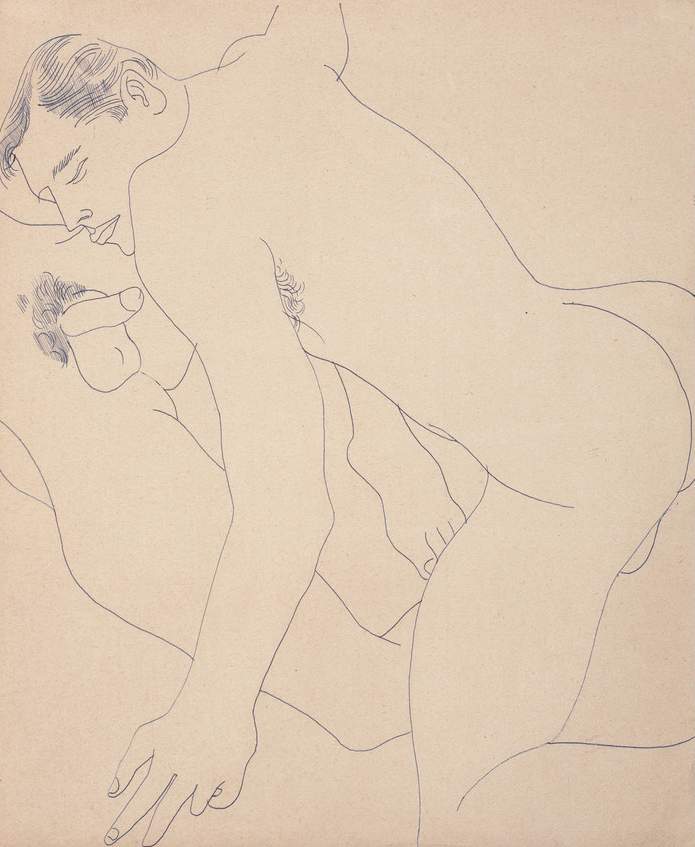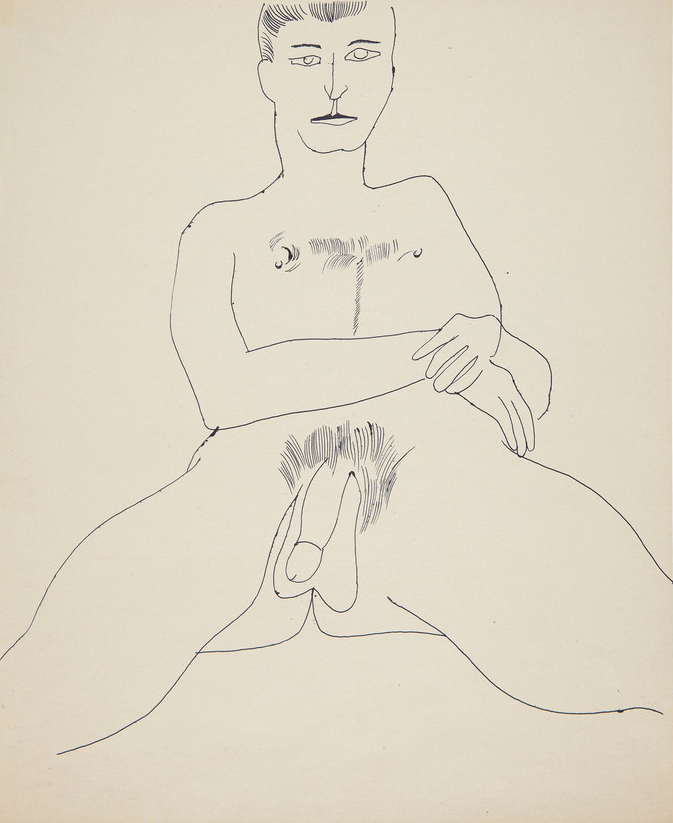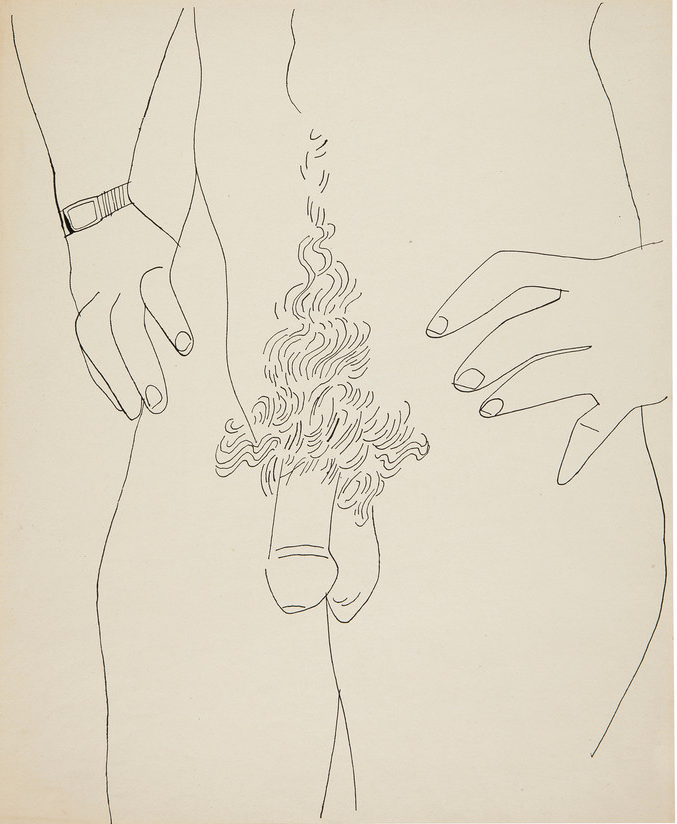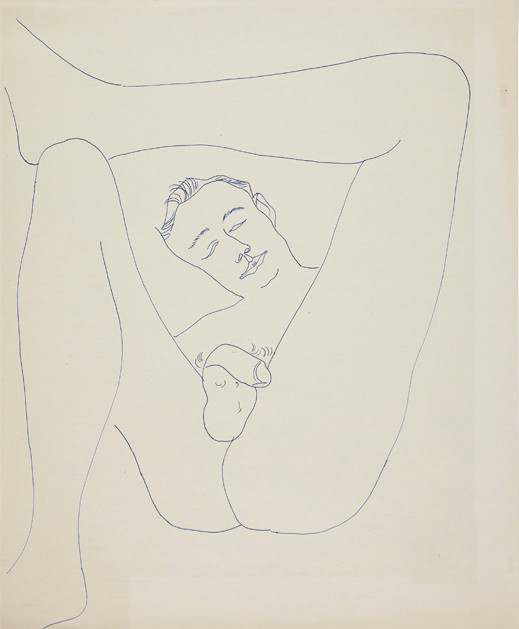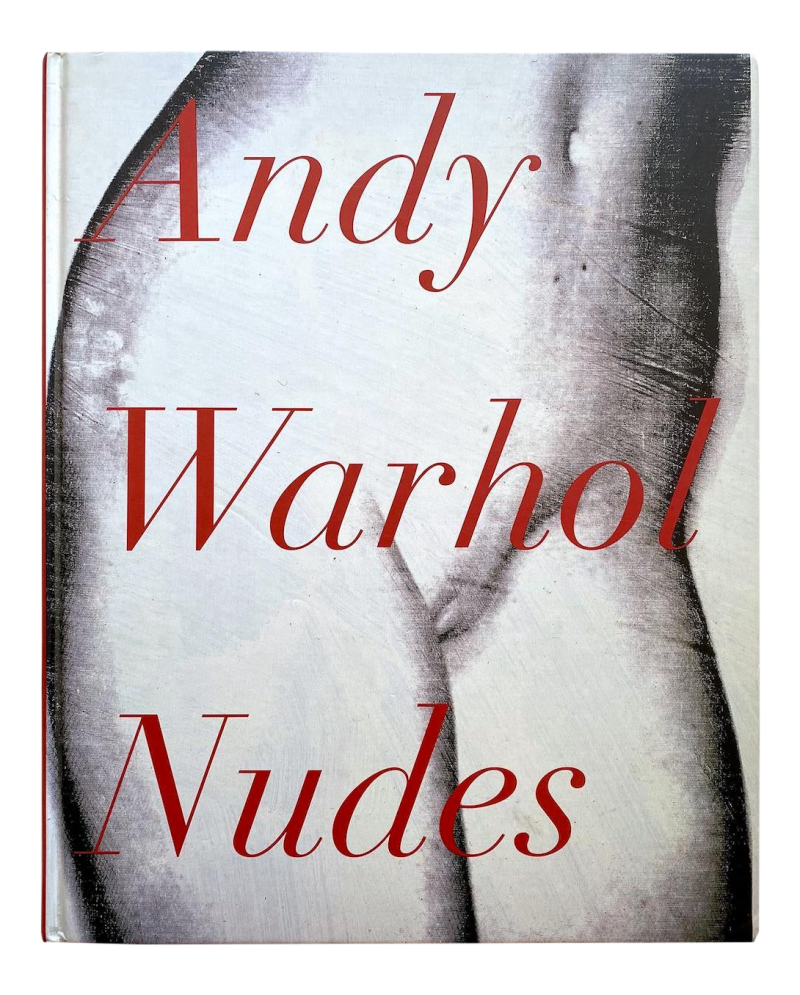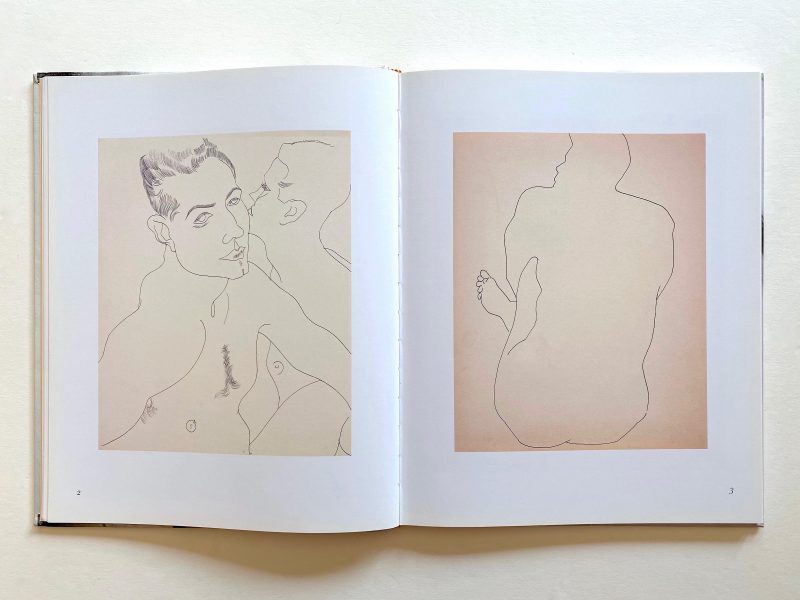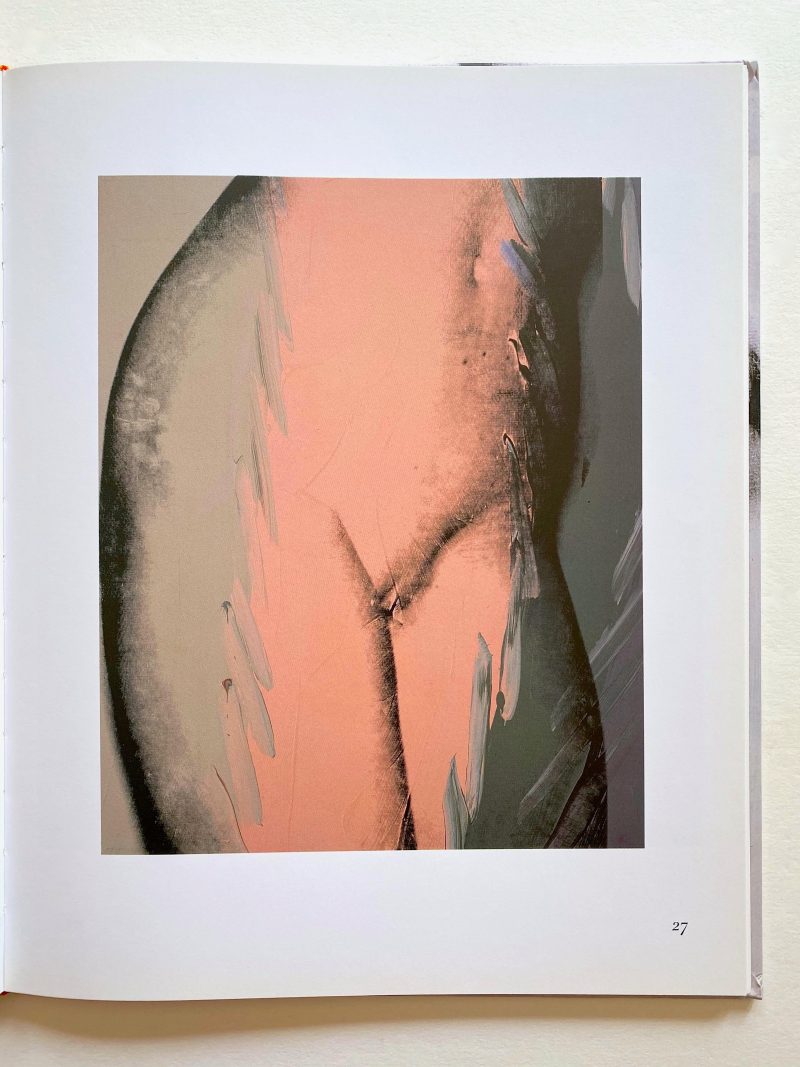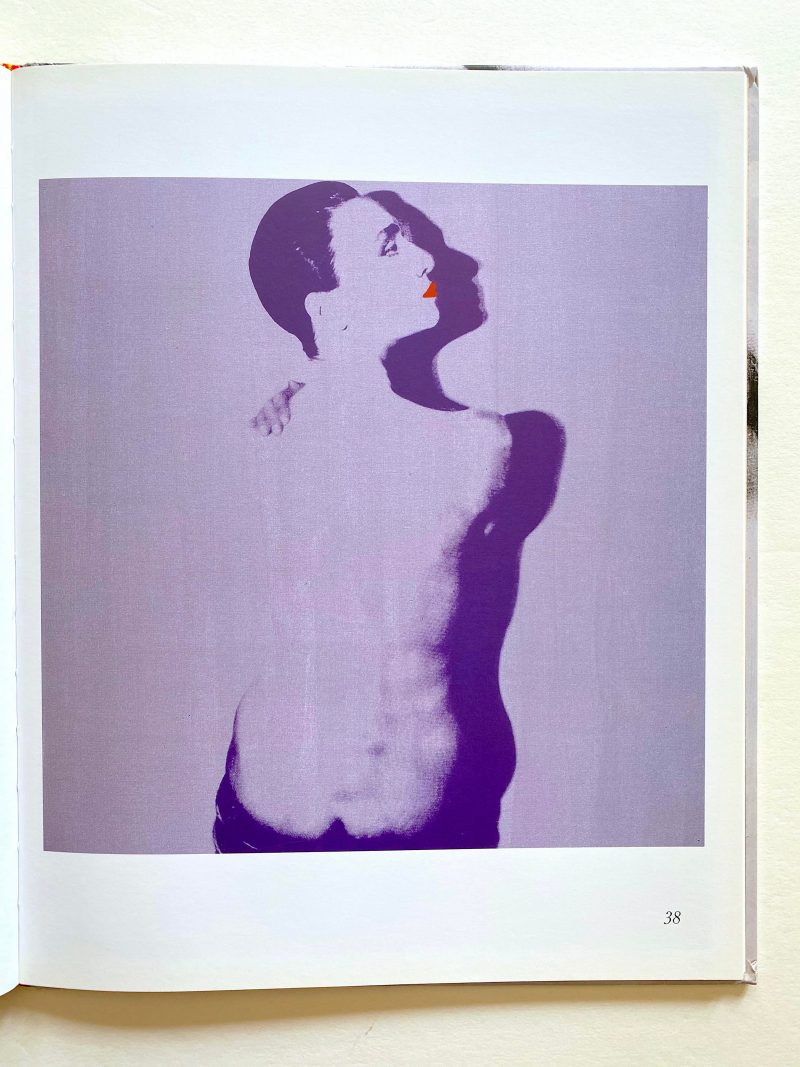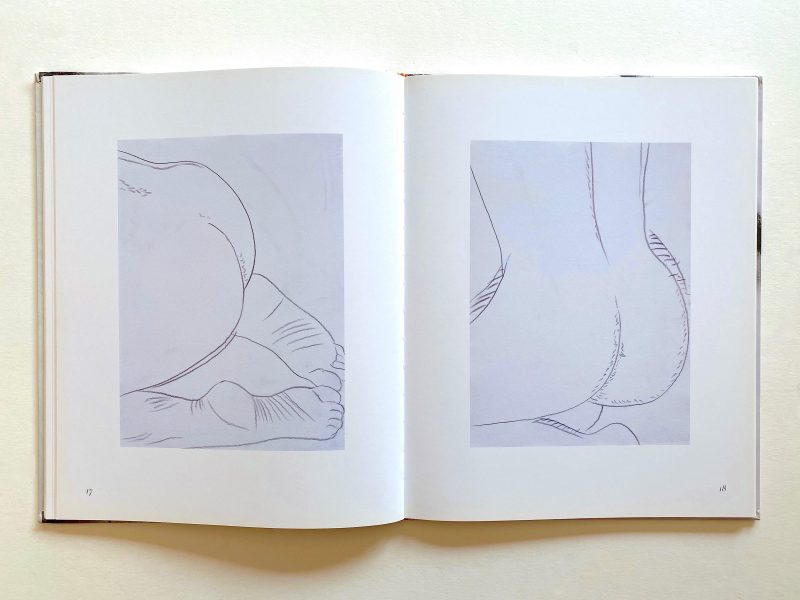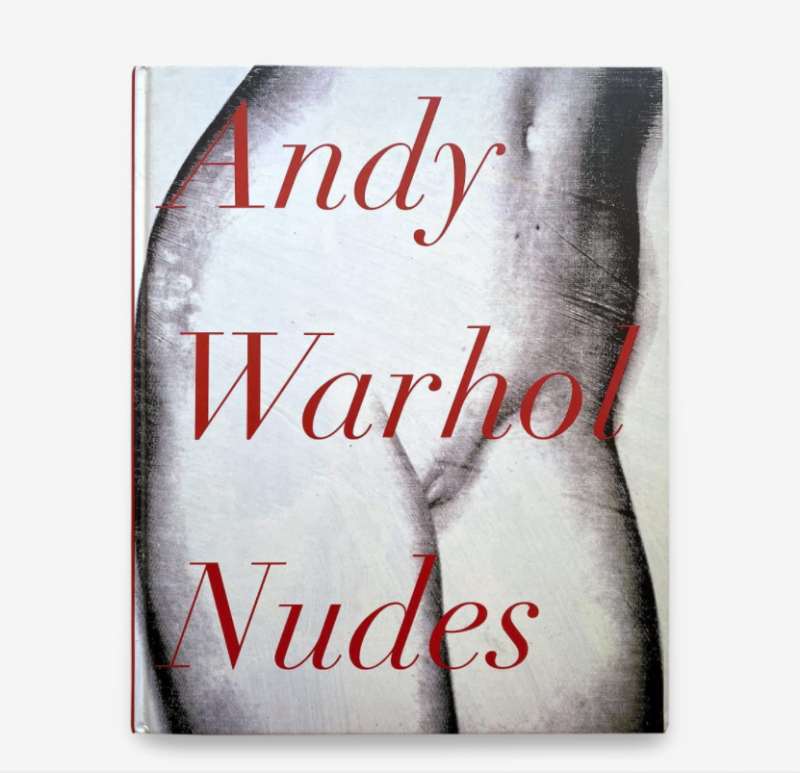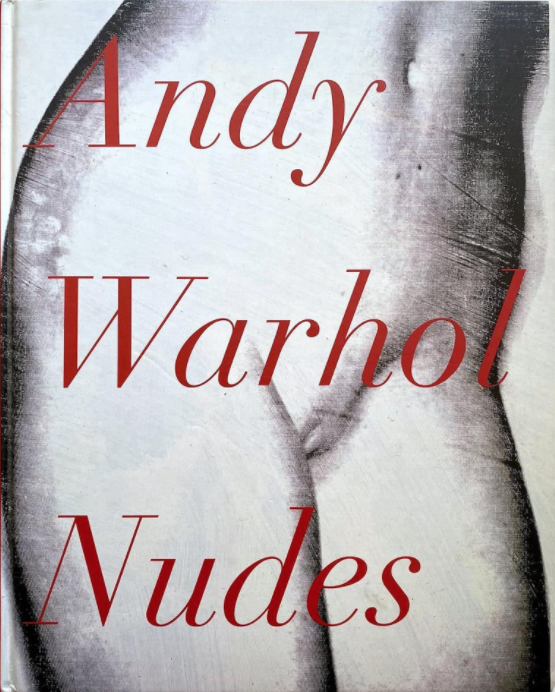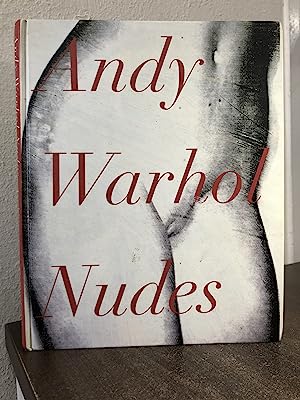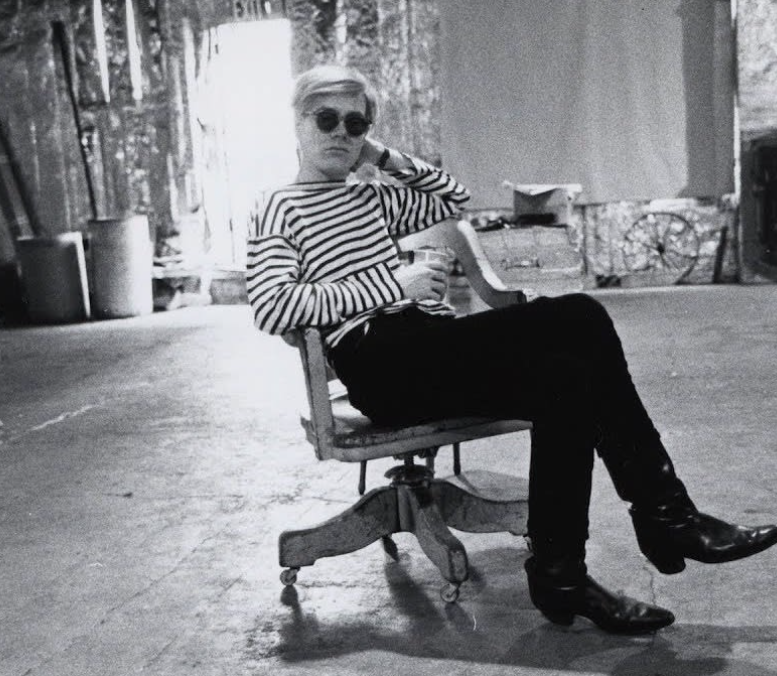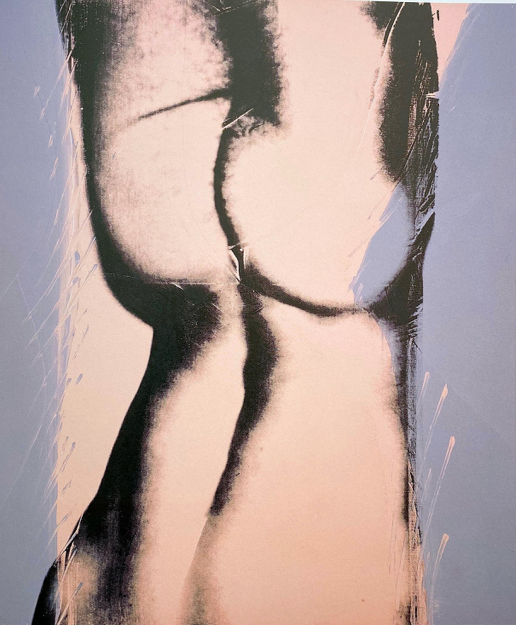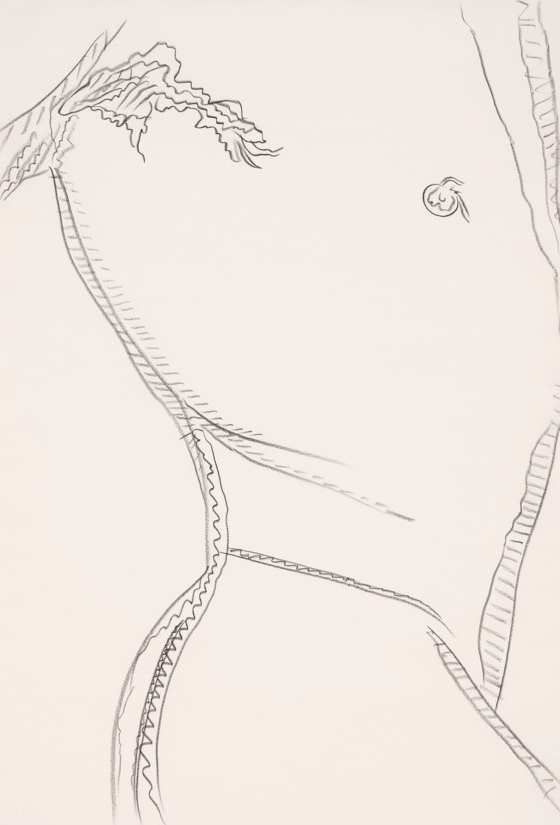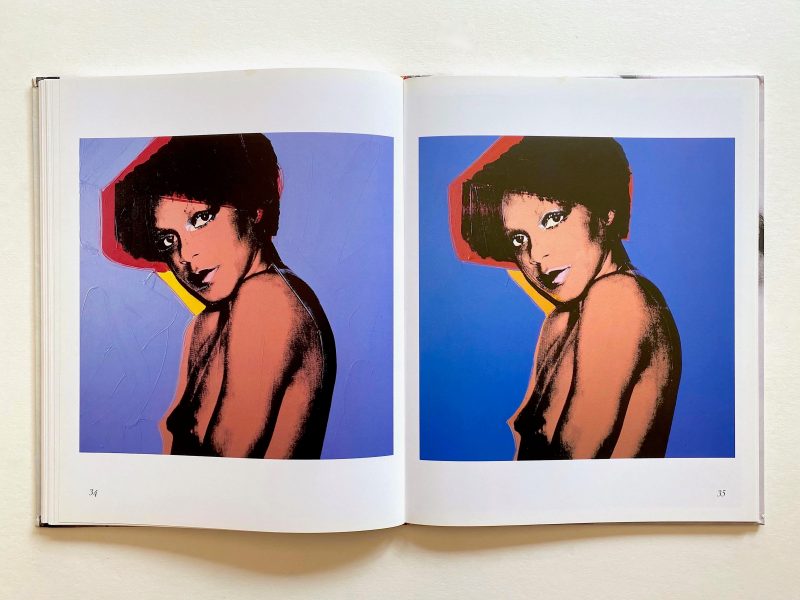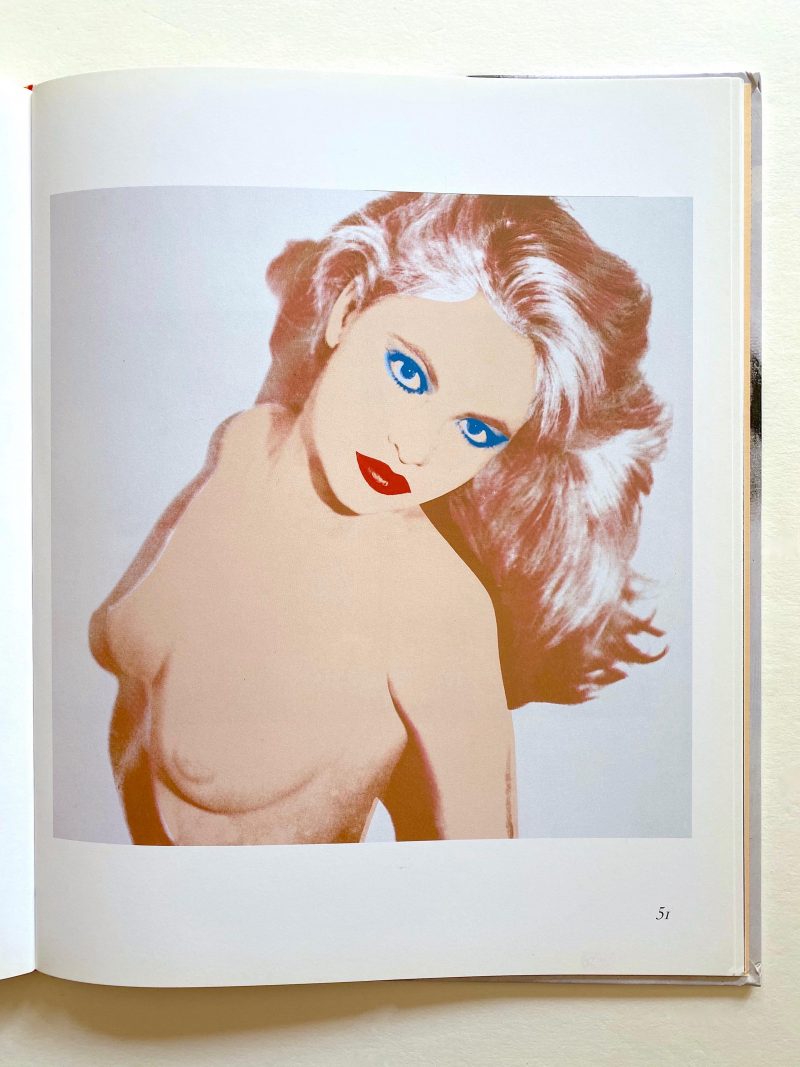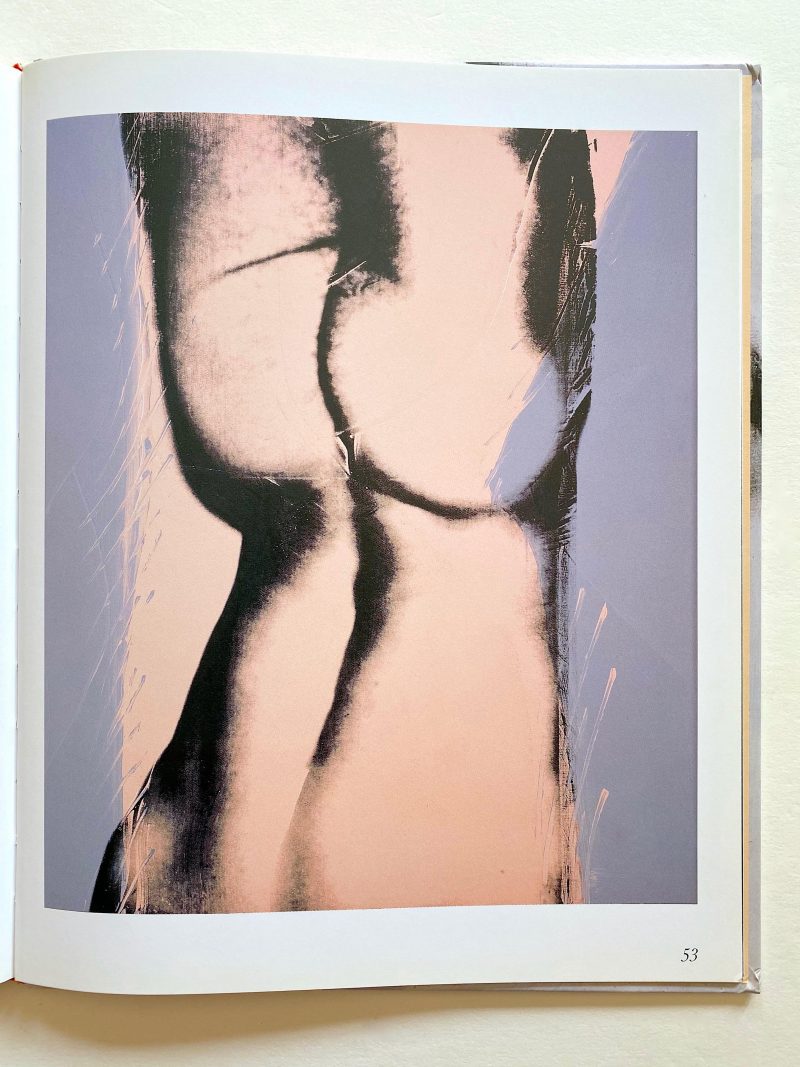Andy Warhol Nudes 1995
Andy Warhol Nudes
Edited by John Cheim, Robert Miller Gallery, New York. Published by Overlook Press, Woodstock, NY. 1995. English.
4to. unpaginated. 55 illustrations. boards. FIRST EDITION. Woodstock: The Overlook Press, 1995.
Published on the occasion of an exhibition at the Robert Miller Gallery, New York.
ASKING USD$100
Andy WARHOL
(Pittsburgh, 1928 – New York, 1987)
Title: Andy Warhol Nudes
Publisher: The Overlook Press
Publication Date: 1997
Binding: Soft cover
Condition: Like New
- Language : English
- Paperback : 84 pages
- Item weight : 635 g
- Dimensions : 24.13 x 1.27 x 30.48 cm
Rare exhibition catalogue, published for an exhibition at the Robert Miller Gallery, New York. Includes an essay by Linda Nochlin and 53 mostly colour plates.
It was in 1971 that Andy Warhol began to take his famous Polaroid photos. Since then, the artist never left his Polaroid camera to capture in the moment actors, artists, dancers, politicians, socialites as well as the members of his Factory. These instant photos were often used as preparatory work for his silkscreen portraits, drawn or painted. They also revealed his immediate personal vision functioning as a chronicle of his environment and social life.
In 1977, Warhol produced two particularly daring new series entitled Sex Parts and Torsos. The Sex Parts series features scenes of sex acts, blurring the line between art and pornography. It is an interesting counterpart to what Robert Mapplethorpe was creating at the same time in the late 1970s. In the Torsos series, the models take poses reminiscent of ancient statuary and classic nudes of Grand Art.
“The idea is not to live forever, it is to create something that will.”
Andy Warhol (Pittsburgh, Pennsylvania, 1928 – Manhattan, New York, 1987) is known for his position as a leading figure of Pop Art and a celebrity in his own right. The son of Slovakian immigrants, he graduated from the Carnegie Institute of Technology in 1949 and moved to New York, initially working as a commercial illustrator. Warhol began painting in the late 1950s and rose to prominence upon his exhibitions of paintings of Campbell’s soup cans and Coca-Cola bottles in a deliberately flat, impersonal manner. In 1963, he intensified this objective style further through the use of silkscreen printing, effectively removing the trace of the artist’s hand. He continued to depict consumer items as well as celebrities such as Marilyn Monroe and Jackie Kennedy in a repetitive, serial manner. Warhol also depicted darker aspects of American culture such as car crashes and race riots.
His studio, known as The Factory, became a centerpiece of New York bohemian life, attracting actors, models, and other artists. With the help of assistants, he created imitations of Brillo and Heinz boxes at this time. In the late 1960s, he shifted his focus to filmmaking and photography. Warhol’s films were characterized by the lack of a plot, eroticism, and excessive length. Warhol began to cultivate his own cult of celebrity at this time. In 1968, Valerie Solanas shot him and he barely recovered; this event had a lasting impact on his art. In the 1970s, Warhol shifted his focus to commissions for portraits, while in the 1980s, he collaborated with artists such as Jean-Michel Basquiat and Keith Haring. In 1987, the artist died as a result of complications from a routine gall bladder surgery. His will stated that his estate be used for “the advancement of the visual arts,” and the Andy Warhol Foundation was established in 1987.
About the Author:
Figurehead of American avant-garde, publicist close to art, then artist close to advertising, Andy Warhol join Pop Art, in which daily life appears in painting. During 1960’s, he became leader of this movement against abstraction.
Born into a family of Slovak immigrants, Andrew Warhola did his primary schooling in Pittsburgh, then joined in 1945 the Carnegie Institute of Technology founded for children from modest backgrounds. Graduated of Beaux-Arts in 1949, he settled in New York and began a carrier in advertising, which highlights his drawer and illustrator talents. Creator for theatre costumes, he chose for himself an androgyny look wearing a platinum wig and a name: Andy Warhol. The artist is also a businessman funding in 1957 his own society in order to manage advertising orders.
Considerate return to figuration in American art in the late 1950’s, Warhol executed his first paintings by borrowing the subjects to everyday imagery: comic books (Popeye, 1961) or labels for consumer products. He gave them a serial character, which became his artistic specificity. In addition to his Coca-Cola bottles, the most famous example is the Campbell’s Soup Cans(1961-1962, MoMA, New York). In 1962, Warhol participated with the American Roy Lichtenstein and the French Yves Klein to the exhibition New Realists in New York, marking Pop Art as movement. He loves show the tackiness and artificial side of the society, but never forget its violence that he grasps through catastrophes and executions on electric chair.
In 1961, an art dealer from Los Angeles, Irving Blum, went to Andy Warhol’s studios, that was not enough know – he confided – to “be taken seriously” by others avant-garde artists such as Robert Rauschenberg or Jasper Johns. His Campbell’s soup cans fascinate Irving Blum, and he decided to dedicate an exhibition to Warhol the next year. Well-informed collector, he bought the entire series for an agreed prize of “ 1000 dollars payable in one year”. Irving Blum gave this series in 1995 at MoMA for 15 millions dollars. “A purchase by the most famous museum of United – States […] this is the greatest story of my life”.
As illustrator, Warhol already experienced serigraphy. He used this method of reporting mechanically on canvas photography reduced to its essential lines. Thus he elaborates series based on repetitive visual plastic effects he devotes to celebrities such as Liz Taylor (Ten Lizes, 1963, MNAM, Centre Georges Pompidou), Marilyn Monroe (Marilyn, 1964, MoMA), Jacqueline Kennedy (Jackie, 1964, Walker Art Centre, Minneapolis) and Elvis Presley (Triple Elvis, 1964, Private Collection) – without forgetting to include himself by auto-portrait. He used serigraphy to “revisit” the myth of Mona Lisa (Mona Lisa, 1963, Metropolitan Museum of Art, New York) and to make a study of flowers (Flowers, from 1965).
By many aspects, the art of Warhol is close to cinema (immediate realism and detachment), and Warhol actively worked for it from 1963. The originality of his film methods (personages improvising face to a fixe camera) and his inspiration themes (Sleep [1963], Warhol films a sleeping man during six hours, at the rate of a sequence of twenty minutes repeated eighteen times) affect considerably the cinematographic avant-garde. During the 1980’s, he was interested by clip video and funded a cable television channel.
Icon of people and untimely figure of marginality, Warhol opened in 1963 a studio in a disinfected factory, “The Factory” which became a trendy place of New York life. Warhol is the producer and mentor of the rock band The Velvet Underground that settled in this studio. Warhol also used it to make several experimental films. In 1968, he avoided an attempted murder that shot his partner and his impresario.
Warhol, who always had an obsession with death, wards off it realising many commissioned creations. Thus, he proves his desire to break with the traditional image of disinterested artist. He returns to serigraphy to paint, among others, the famous portraits of Mao Zedong (1972) and Mick Jagger (1975). Always attracted by symbol of American society (Dollar Sign, 1981), he joins Jean-Michel Basquiat to renew the expressionist figuration.
During his last years of work, Warhol, almost an official painter, applies his style to many commissioned portraits , while continuing to explore other technics in his series Shadows, Oxidation, and his paintings copying Botticelli or Leonardo da Vinci’s works.
